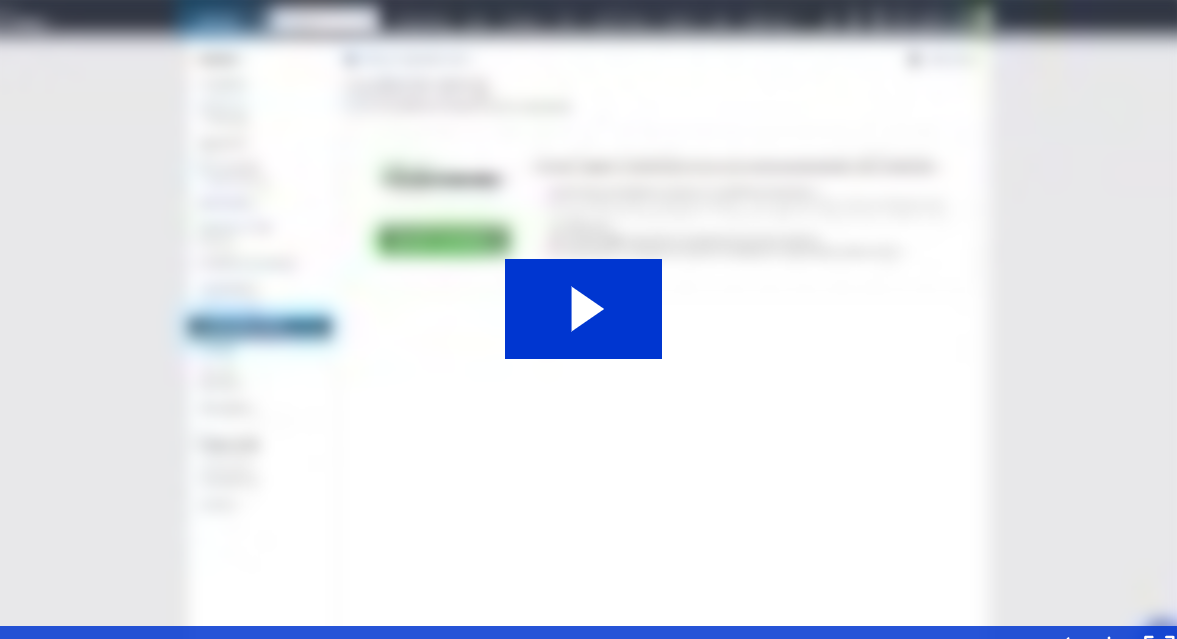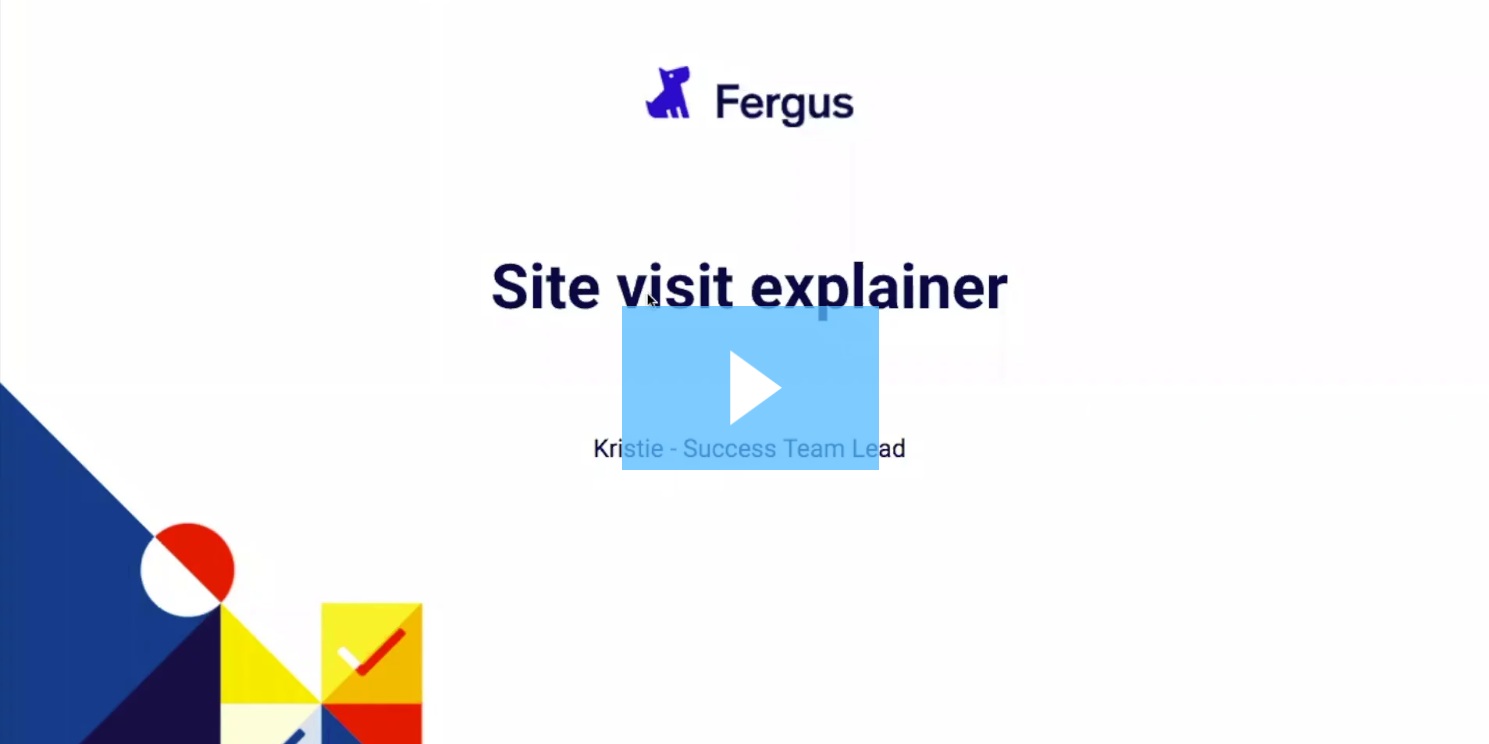2 min read
Integrating with Xero
Watch this video to see how you can integrate your Fergus account with Xero Accounting Software to manage and sync your supplier and...
Quoting
Scheduling
Tracking jobs
Managing on the go
Managing teams
Invoicing
Payments
Reporting
"By adopting this system we are now seen as professional and progressive within our town"
"Since adopting Fergus, in the last 6 months, we’ve seen a 60% increase in our business."
Buyers guide >
Compare job management solutions
Profit & Loss Calculator >
See if you're on track to make a profit
How-to-videos >
Check out our in-depth video tutorial
Business coaching >
Webinars with experienced tradies
Help Centre >
Need a hand? You'll find the answer here
Who are we? >
Find out what gets us up in the morning
(Spoiler: It's you.)
Our partners & friends >
Meet all our industry partners
Want to join our team? >
Visit our careers page.
Want to partner with us? >
Check out the benefits of teaming up with Fergus.
0800 461 219
65 New North Road,
Eden Terrace,
Auckland, 1021
Watch this video to see how Fergus tracks the financial state of every job so you can clearly see where it is at.
Transcript
Hi, everyone. Dylan here from the Fergus team in this video, I'm gonna show you the financial summary.
The financial summary is a part of every job in Fergus, so I'll just open up a job that has some cost against it to show you. Please note the financial summary contains a lot of information, so we will require a detailed run through The financial summary shows you the details regarding your jobs as a whole, so if you have multiple site visits or variations, these will be included. However, you can look at variations individually underneath Overview.
On the job card you'll see Financial Summary. if we select this, a new section of information is displayed starting from the top, you can download a CS b of this information if you need to share this externally below. This is the overall position. This shows the current potential profit of the job and any un-invoice costs directly beneath this, there is a cost progress bar.
This shows percentages based on invoice costs, un-invoiceable costs and potential profit.
Next is the Billable Progress Bar.
This shows invoiced versus UN invoiced percentages and the total price amount on the bottom. Right now we come to the financial overview which is broken up into sections The first is the overview.
This Progress bar is populated based on the subheadings to the right of it. Starting from the top. We have the billable and priced amount for quotes and estimates.
This will be the amount agreed upon prior to the job starting for charge ups. This is calculated from the sale prices you have against the costs for this particular job. Next, we have invoice costs. This shows what has already been invoiced in the event you are doing deposits or split payments. Beneath this is the UN invoice costs.
Fergus keeps track of what has been marked as invoiced, if anything has been missed, you will see the dollar value here. Un invoiceable costs is anything that you can't charge the client.
For example, uncharged labour potential profit calculates the profit based on the quoted slash estimated amount minus the cost you've input to date. In the case of charge up jobs, this is calculated from the sell price of the costs entered to date. Lastly, is the credit applied? This shows any credit notes issued on this job.
The next section is profit margins. The billable and priced margin shows the expected profit margin based on your quote or estimate in the case of a charge up. This is calculated from the total sale price set for the costs on this job. Current margin to date shows you the profit margin as it stands on existing invoices against the costs on the job below. This is the margin breathing room.
This shows you if your job is currently more profitable than first expected. compared to the initial expected profit margin. The next subheading is invoiced.
This shows the billable and priced amount again. The total price for the job below this is invoiced billable. This shows the value of the invoices that have been approved so far. Lastly, the UN invoice Billable.
This shows the value of any materials or labour that hasn't been invoiced for quotes and estimates. This is calculated from the total list the amount of invoice billable above or, in the case of charge ups, the total sale price of your materials and labour. The next subheading is spent costs The billable slash Price costs show you the total amount of the cost that can be invoiced to the customer.
This is pulled from your quote or estimate or in the case of charge ups. The total costs added to site visits. Next is UN invoiceable costs. This shows any uncharged labour totals here, then we have total current costs. This is the total of all costs allocated to site visits, including uncharged labour.
Lastly is the available costs. This is any costs that were included on the quote or estimate that haven't been added to the job yet. This does not apply to charge ups. Now we have the subheading labour hours. This shows first the billable and priced hours. In the case of quotes and estimates. This pulls through from the price document. in the case of charge ups.
This is the labour entered on site visits. Current hours shows the labour totals that have been entered on all site visits, excluding uncharged labour scheduled hours is the amount of hours that have been scheduled to this job, whether they have been completed or not.
Hours remaining will tell you how many hours you have left to allocate, based on the quote or estimate for this job, minus the amount already entered. This is not applicable for charge ups. The next subheading is the labour costs. The billable and priced labour costs again work off the total amount specified on the quote or estimate or in the case of charge up jobs, the total cost of the labour entered.
Then we have uncharged labour costs. This shows the total cost of any labour that is uncharged like lunch breaks. For example, Below this, we have current labour costs which shows the current labour cost for this job and the total.
Lastly, the labour costs remaining, which only relates to quotes and estimates showing you the total expected cost of your labour. The final subheading of the financial summary is the material costs billable and price material cost shows the cost budgeted for in your quote or estimate or in the case of a charge up, the total cost of materials entered so far.
Current material costs show the cost of materials entered onto site visits so far. material cost remaining shows you how much of the material cost is remaining based on your quote or estimate, and does not relate to charge up jobs. Now we have the site visit breakdown.
This shows the details for each site visit in a table so you can see costs at a glance. This table is able to group results if you select the heading of each column.
At the bottom of the financial summary is the labour and materials breakdown graph. This shows you your labour versus materials in five sections priced chargeable, invoiced cost and realise profit.
Thanks for taking the time to watch our video. If you have any questions, please get in touch via support@fergus.com.

2 min read
Watch this video to see how you can integrate your Fergus account with Xero Accounting Software to manage and sync your supplier and...

15 min read
Watch this video to learn all the ins and outs of assigning and scheduling jobs to your team members. Learn your way around the Fergus...

16 min read
Watch this video to learn all about Job Phases (previously called Site Visits). Learn what a Job Phase is in Fergus and how you can use...
We just need to grab some basic information to help us personalise Fergus for you.